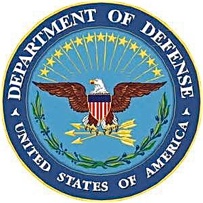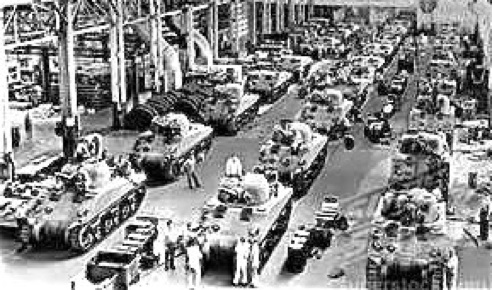Sensible Military Reductions
The knee jerking discussed here last week has subsided. The current reaction to news of the day is wailing and whining.
Heartburn is rising to dangerous levels over the proposal to reduce the armed forces to pre WWII levels. The whiners’ lament is that this reduction will put the country at serious risk to the whims of Russian President Putin and other oligarchs like him.
This reduction in forces, however, should be no surprise. It has been developing for five years

From day one of the Obama Presidency, it has been apparent that not a single soldier, tank, or bomber is necessary to support his foreign policy. The President has convinced himself and a few others, particularly some in the press, that his good looks, intelligence, and expertise with a Teleprompter will bend every foreign leader to his will. Why have a military force when all you have to do is tell Iran to stop making nuclear weapons, give Hamid Karzai a Status of Force Agreement to sign so we can maintain a presence in Afghanistan, warn Putin to stay out of Crimea and Ukraine, and on and on?
Out of the great respect and admiration those leaders have for an American President who apologizes for this country’s rescue of dozens of countries and millions of people and promises to not be arrogant in the future, they will accede to his every wish and suggestion.

Sure, you betcha! That is exactly what has been happening. Right? So let’s recycle the whole Department of Defense into something useful.

So reducing our military force to 1930 levels will not have any effect on our foreign policy as currently practiced. Also, we are still “Fortress America” protected by vast oceans on two coasts and friendly allies on the other borders.

Remember, also, what this nation did in WWII. Between 1941 and the end of the war, the Greatest Generation built 197,485 bombers, fighter planes, and other types of aircraft, 2,400,000 vehicles of all types, 12,500,000 rifles and carbines; 41 billion rounds of ammunition, 27 air craft carriers, and millions of other types of military hardware.
We could do that again, if necessary. Right?
No we could not. There were no intercontinental bombers, nuclear missiles, and drones during the first half of the last century. American factories ran at full speed during those years without the need for blackouts or rebuilding destroyed buildings and equipment. Dissent or questioning the nation’s undertakings was nonexistent.
Unfortunately, rebuilding the nation’s defense establishment at a 1940s rate is no longer possible. So we have to maintain that establishment at the optimum size necessary for our self-protection in the future.

The missiles and the bombs launched from drones are much more accurate than the bombs dropped from planes over Germany and Japan in WWII. In those days, a bomb hitting within 1,000 feet of the intended target was considered a direct hit. Today, guided rounds from drones hit targeted moving automobiles in dead center. This is done without putting a U.S. soldier at risk.
Although there is still a need for boots on the ground to take and hold real estate, the development of unmanned lethal weapons like the missiles and drones has reduced the number of men and women needed in uniform.
Personnel costs for both active and retired military members account for a bit more than one quarter of the DOD budget, so halving the active duty strength will not have too significant an impact on either our defense posture or the budget.
There are also ways to reduce active duty numbers without compromising combat readiness. Consolidation of functions is one sensible reduction already under way. For example, Brooke Army Medical Center, which was the training facility for Army medical personnel, is now the San Antonio Military Medicare Center and is the medical training center for all the military services.
Also, installations of different services in close proximity to each other are now consolidated. An example is Joint Base Lewis-McChord, Washington, administered by the Joint Base Garrison. This combines Fort Lewis, home of the Army’s I Corps, and McChord Air Force Base, home of the 62d Airlift Wing.
Another consolidation that is long overdue is the creation of a separate corps for all combat service components--police, medical, legal, religious, engineers, etc. In the Pentagon, for example, there are seven separate law offices--separate Judge Advocates General and General Counsels for each of the services plus a General Counsel for the Department of Defense. There are separate Provost Marshals General, engineers, etc. All are doing basically the same thing for their respective services.
Each general officer slot eliminated by consolidating those special services into one branch to serve all three branches would take with it a wedge of supporting personnel. Compare that with cutting a job here and another there which takes out only the slot eliminated.
So here’s the perspective.

Maintaining a large military force is wasted money under the philosophy of President Obama. If this philosophy prevails and the Department of Defense has to be downsized, there are ways to do so without unduly endangering the nation.
Some sensible ways to downsize are mentioned above. A little time and effort can probably unearth more.
enough





